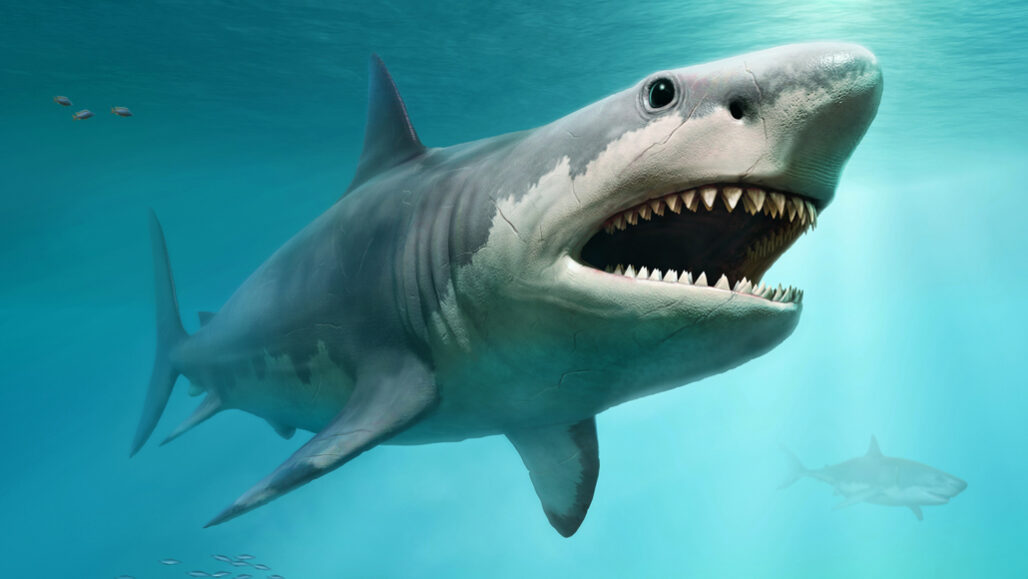Questions for “Attack of the inner-cannibal mega-shark”

Massive megalodons ruled the seas some 23 million to 2.5 million years ago. Why these giants got so big isn’t known. New research suggests it may be due to warm-bloodedness, lots of food — and cannibalization in the womb.
Warpaintcobra/iStock / Getty Images Plus